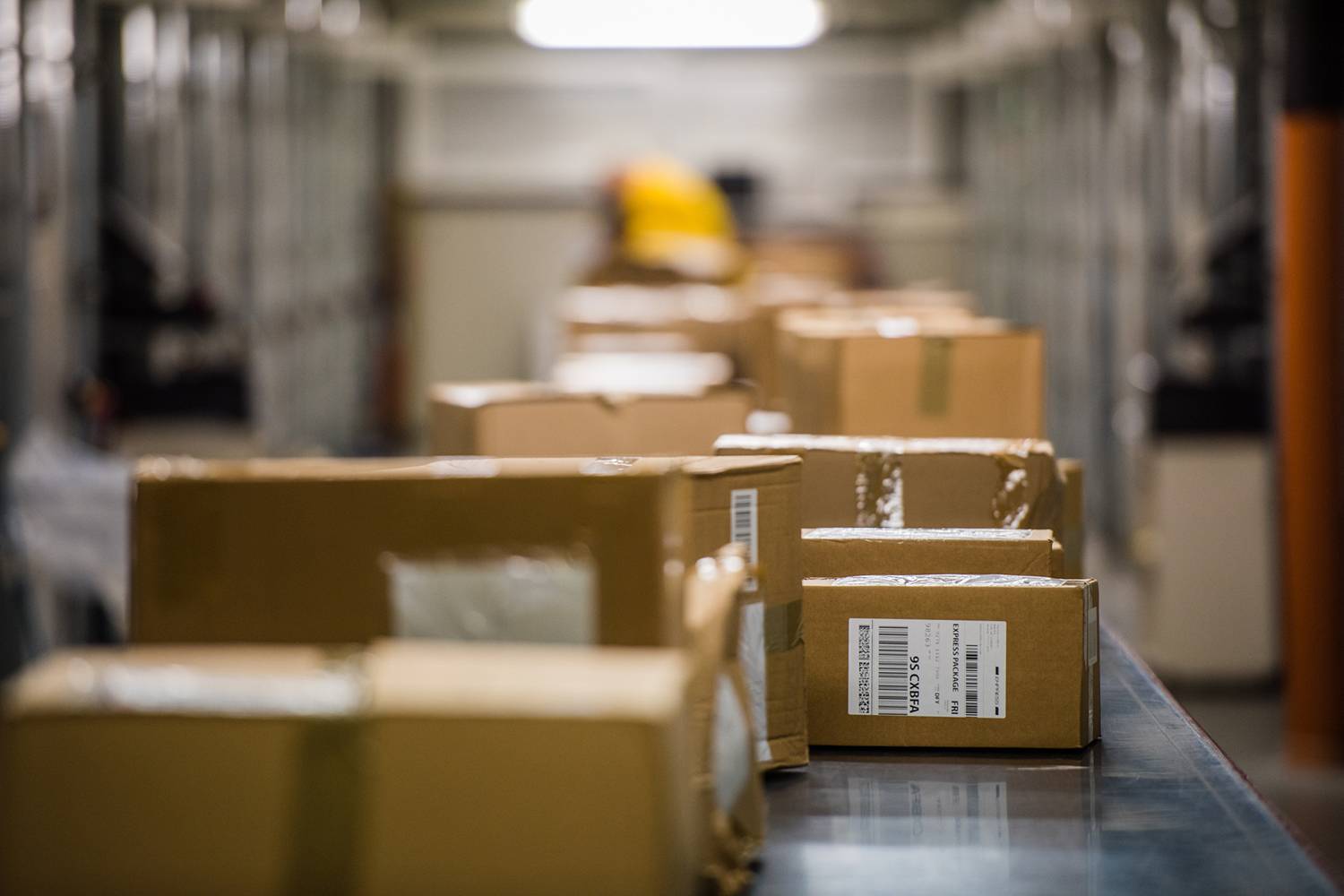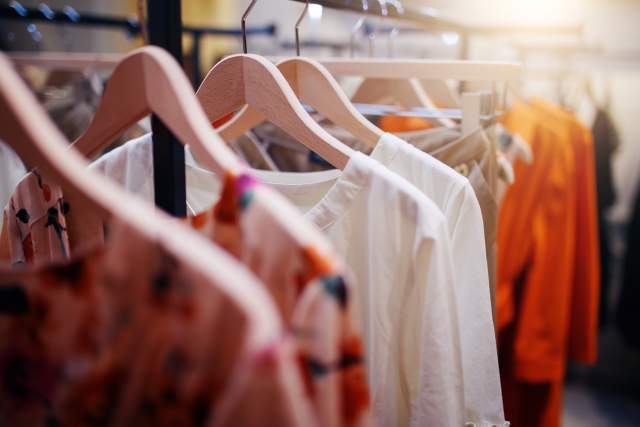The High Cost of Free Shipping
In a new study, Tuck marketing professor Scott Neslin finds free shipping promotions are not good for business.

Retailers shouldn't overestimate the profitability of free shipping promotions, the authors find. | iStock: simonkr
It’s unclear when, exactly, the trend of free shipping began, but a good starting point is probably the 1999 launch of Zappos, an early online shoe seller.
The company worried that consumers wouldn’t be willing to buy shoes without trying them on, so it offered free shipping and free returns, thus eliminating the risk the shoes didn’t fit. These days, free shipping is among the most popular promotions online retailers deploy, and consumers have come to expect them whenever they shop online. At the same time, the rate of product returns has grown immensely. A study in 2006 found that 5.6 percent of online purchases were returned. By 2013, that number had increased to almost 37 percent.
Scott Neslin, the Albert Wesley Frey Professor of Marketing at Tuck, has been studying sales promotions for decades. In a new working paper, “Free Shipping Promotions and Product Returns,” he and Edlira Shehu of the University of Southern Denmark and Dominik Papies of Universität Tübingen in Germany investigate how these phenomena work in combination.
The authors uncover some bad news for online retailers: the extra profits (in the form of increased orders) a retailer gains from offering free shipping are more than offset by the rate of product returns. “We find that the free shipping promotions increase returns,” Neslin said, “because they encourage customers to take risks. That is, they buy products that may not turn out to be exactly what they wanted. Therefore they are more likely to return them.”
In their study, the authors examine data from a leading online retailer that offers free shipping promotions on a wide range of products, from apparel to electronics. The retailer usually charges “outbound” shipping fees and provides free returns. But six times over a three-year period from 2010 to 2013, the company ran a free shipping promotion on outbound orders. This is the period the authors studied to estimate a model on the effect of free shipping on product returns and profitability. They found that the free shipping promotions increased net order volume by 7.4 percent, but that “higher returns and lost shipping revenue negate this and profits decrease 0.7 percent,” they write. If free shipping hadn’t increased returns, the retailer’s profits would have increased by 3.3 percent. For a medium-size retailer, that translates into more than $200,000 in lost profits each week. “This amount is substantial and suggests the ‘free shipping returns effect’ may turn a profitable promotion into an unprofitable one,” they state.
While free shipping may not boost a retailer’s bottom line, its ability to encourage customers to take risks on what they buy has solid theoretical underpinnings in consumer psychology. In 1985, Richard Thaler, who won the Nobel Prize last year for his work in behavioral economics, argued that financial losses are felt more acutely if they are “segregated” in consumers’ minds. This is exactly what happens when people shop online. On the product page, they see the price of the product they are buying. But then when they get to the checkout page, they see an additional charge: the shipping fee. Shipping thus becomes a “pain point” that consumers will take great lengths to avoid, and free shipping promotions make that avoidance easy. This makes consumers happy, which leads them to take more risks when shopping. As a result, free shipping promotions reduce the risk of online shopping, which induces consumers to purchase more “experience” goods—items that must be physically inspected to gauge their quality. In sum, free shipping causes people to buy more experience goods, and those goods are then returned at a higher rate.
What this research means for retailers is that they shouldn’t overestimate the profitability of free shipping promotions. It also gives retailers a reason to improve their websites so consumers can be more certain that what they’re buying will meet their expectations. “Researchers need to generate and evaluate various alternatives,” the authors write, “including live chat, videos, and how to leverage user recommendations to decrease returns.”
Ironically, there is one more way online retailers can get around the free shipping conundrum. It’s an old sales trick. They can follow in the footsteps of e-tailers like Bonobos, Warby Parker, and even Amazon, and open physical stores.

